Volkswagen Up
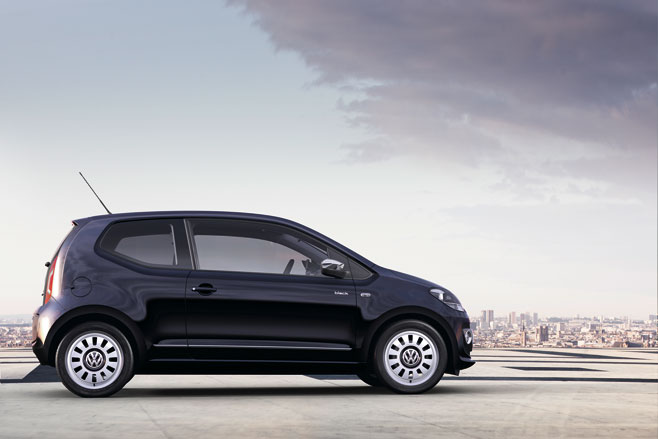
Rome was the setting for the launch of Volkswagen's new small city car, the Up. The location couldn't have been more perfect given the dense, evolving layout of this ancient city - one could almost write a little essay on the development of urban mobility purely on the experience of the Italian capital.
There has been a fair amount of excitement surrounding the development of the 'Up' family of cars. Our first teasers - the Up Concept in 2007 at the Frankfurt Motor Show and later the Up Lite in Los Angeles - were radical design propositions with just as much in common with product design as traditional car design. Alas, like most projects in the highly cautious world of the motor industry, the final design has been diluted down into something that's more evolutionary than revolutionary.
This three-door car is the final product that will be on the shop floor by the spring. It will be followed by a number of variants including a five-door and an electric model by 2013, and later a GT Up, Cross Up, Buggy Up and Giugiaro-designed Azzura Up. Together they will form what VW is calling the 'Up family', a line-up that will be marketed around the world. Up-derived cars will also be rolled out by VW subsidiaries like SEAT and Skoda, and the company also hopes to market accessories, products and a long list of optional extras to eager buyers. Given the pressing needs for this kind of car in lucrative markets like India, China and Brazil, VW looks like it's onto a winner.
Off course this is not a novel idea. Many other carmakers have created affordable world cars, but what sets the Up apart is its ability to deliver a solid, grown-up car packaged intelligently to make maximum use of its small footprint. It also looks rather good, confirmed by the positive reactions we received - mainly from smart scooter drivers - around Rome.
The Up is a one-box design - the team have pulled the wheels as far out as they could to create maximum interior space. It therefore feels much roomier inside than you would expect from a car that is only 3540mm long and 1640m wide.
The design may be minimalist but the materials used are mostly very high quality. 'We work in a team with the engineers to create the right package, much like product design,' team leader Klaus Bischoff told us at the Frankfurt Show when the production car was unveiled. 'The package is simple but we think ingenious - like your iPhone.'
Pivotal to the Up design is the face graphic - it mimics the human expression so as to avoid looking aggressive. Therefore the headlamps act as eyes, the VW badge as the nose and the grille is the mouth. The designers have managed to retain the distinctive ring-themed air intake from the show car. It works to create quite a cheeky expression that feels like a nod to the hippy days of the VW Campervan.
Receive our daily digest of inspiration, escapism and design stories from around the world direct to your inbox.
For the rear of the car the design team took inspiration from the television screen - the iconic Brionvega from the 1970s to be precise - and created a one-piece tinted glass structure that incorporates the rear lights. It is an interesting idea that, together with the strong light graphics, immediately helps differentiate the Up from the average city car, just as the original Smart car stood out when it was initially introduced.
Inside the dashboard, the main influences come from electronic gadgets, with a clean and fresh look (which sadly doesn't match the hard plastic used for the door panels). Cost, of course, would have governed this decision, but it still is a real shame not to have used more tactile material throughout.
Ergonomically the notes are perfect. The steering wheel cocoons simple analogue dials that display all you need. Would a digital head up display worked better in a car that borrows so much from gadget design? Possibly, but again I suspect cost had much to do with the decision making in this area.
Trim levels include the Take Up, Move Up and High Up. For those with an aversion to hard plastics, VW is offering the special edition Up Black and Up White that offer 16-inch alloys, a more luxurious cabin with snug soft leather seats and tinted windows. Admittedly, the positive nods we received around Rome came when we were testing the Up White.
For now the Up is available with a choice of 1.0-litre, three-cylinder petrol engines at 60ps and 75ps, both with manual transmission. The tiny engine is smooth if not fast, but in the context of urban driving, this really doesn't matter much. This is a nippy, agile little city car that skilfully manoeuvred us around Rome's confusing roundabouts and through the narrow city centre lanes. These are also clean cars, the BlueMotion spec with stop-start promises 67mpg and under 100g/km of CO2.
Even the basic models get power steering, six airbags, stability control with city braking auto-stop as an option. VW is also offering a small - albeit rather basic - removable satellite navigation system, ideal for cities.
The Up delivers what it set out to do. It is simple and stylish with a nod to the i-aesthetic we're all so accustomed to; inside is comfortable and we instinctively know where everything is, plus it drives rather well and uses little fuel. With its cheeky expression, it should even visually brighten up the busy streets of the world's megacities.
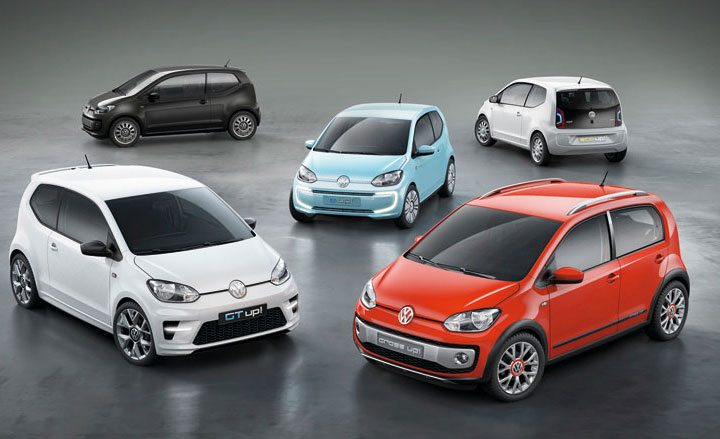
The Up is solid and grown-up, packaged intelligently to make maximum use of its small footprint
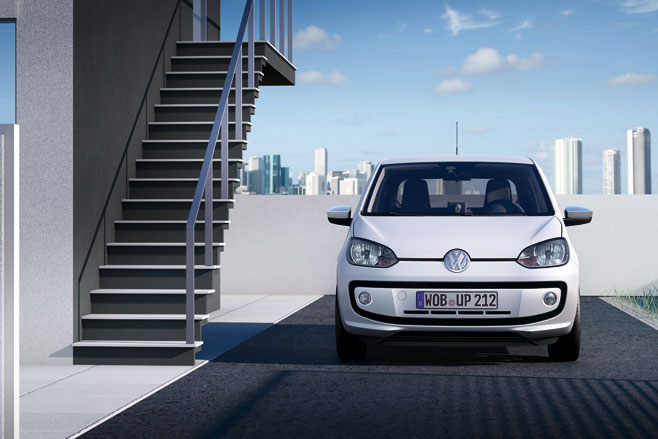
Pivotal to the Up design is the face graphic - it mimics the human expression so as to avoid looking aggressive. The headlamps act as eyes, the VW badge as the nose and the grille is the mouth
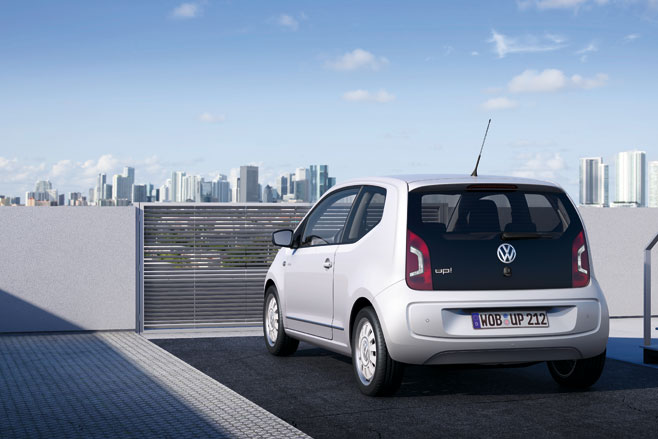
For the rear of the car, the design team took inspiration from the television screen - the iconic Brionvega from the 1970s to be precise - and created a one-piece tinted glass structure that incorporates the rear lights
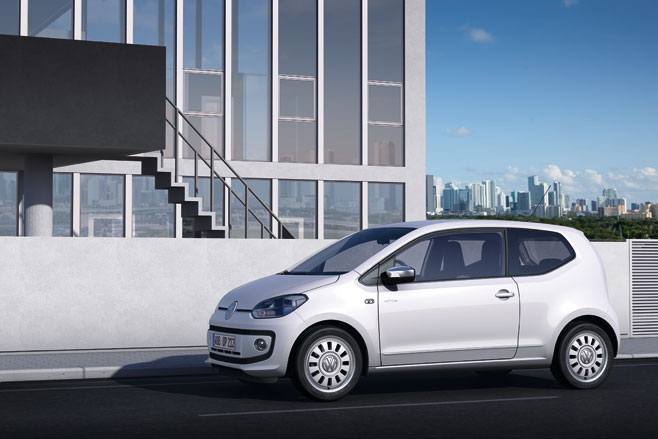
The Up delivers what it set out to do: it is simple and stylish with a nod to the i-aesthetic we're all so accustomed to
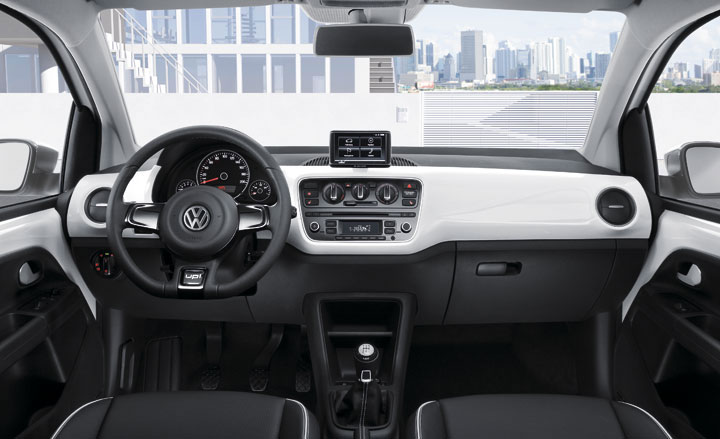
The Up is a one-box design - the team have pulled the wheels as far out as they could to create maximum interior space. It therefore feels much roomier inside than you would expect from a car that is only 3540mm long and 1640m wide
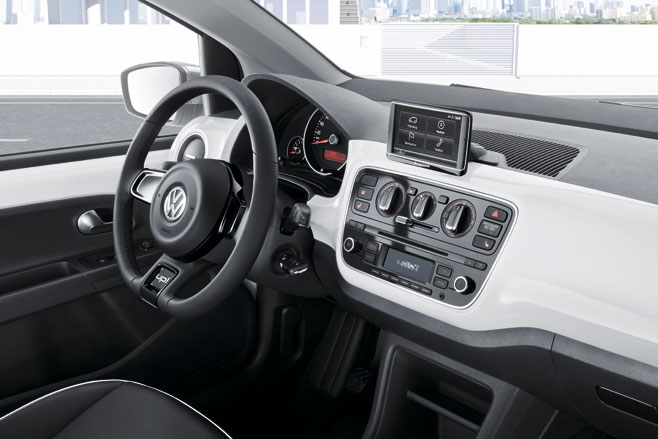
Inside the dashboard, the main influences come from electronic gadgets, with a clean and fresh look. Ergonomically the notes are perfect. The steering wheel cocoons simple analogue dials that display all you need
A writer and editor based in London, Nargess contributes to various international publications on all aspects of culture. She is editorial director on Voices, a US publication on wine, and has authored a few lifestyle books, including The Life Negroni.
-
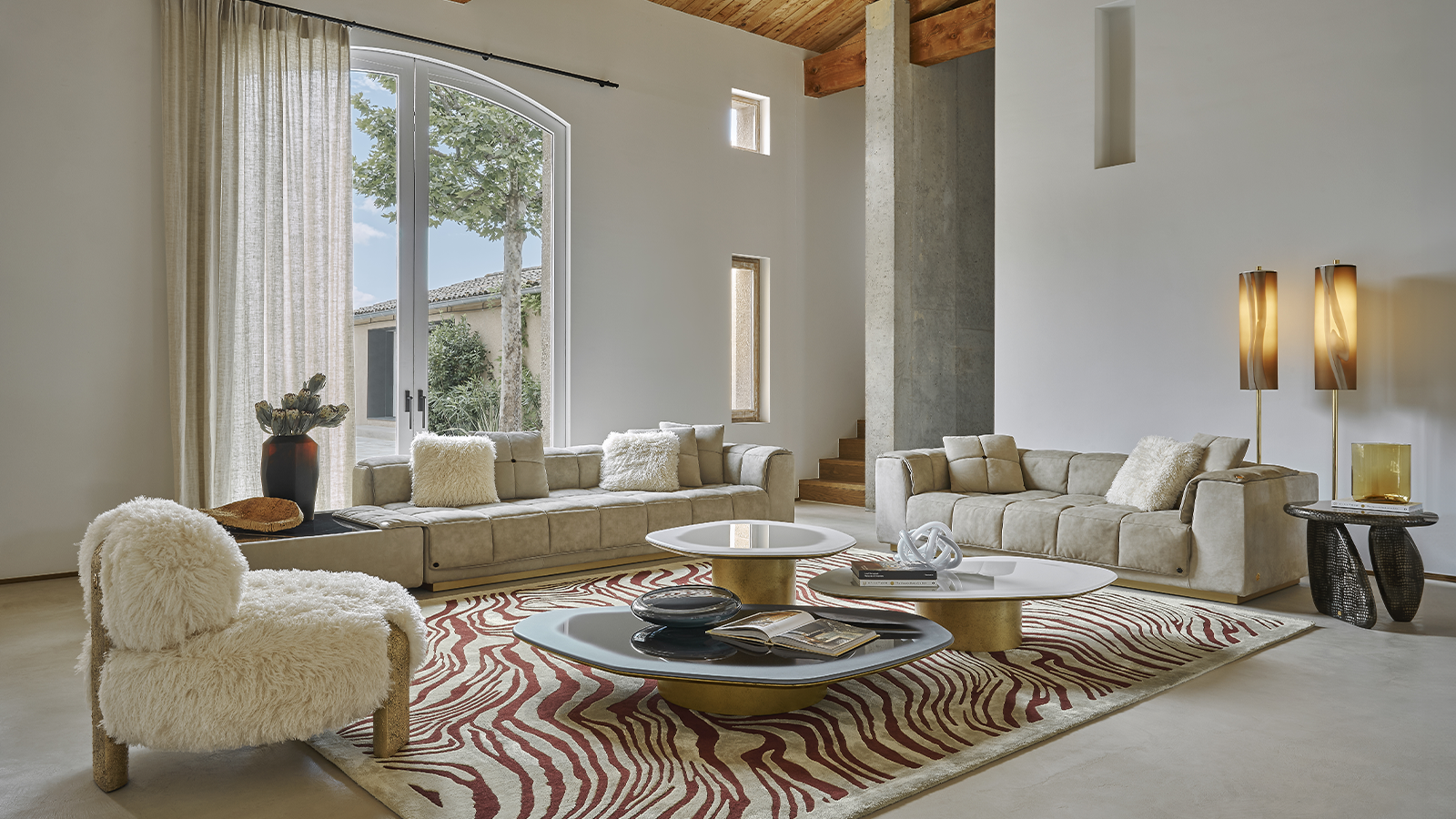 Roberto Cavalli Home Interiors’ new collection evokes the glamour of a luxury resort
Roberto Cavalli Home Interiors’ new collection evokes the glamour of a luxury resortAs the brand unveils its sensual ‘Savage Serenity’ collection, creative director Fausto Puglisi tells us why design ‘must seduce, provoke and empower’
-
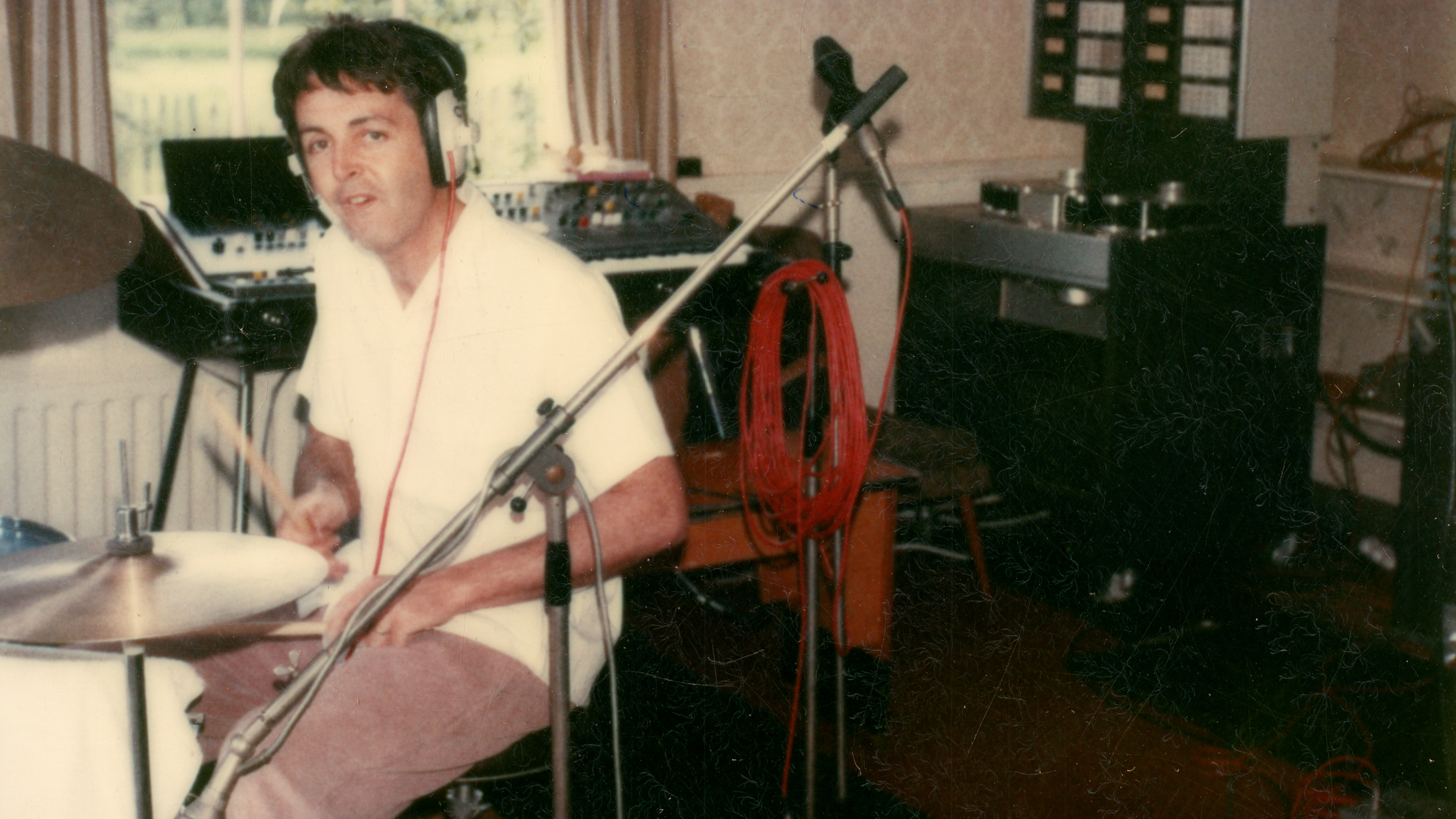 A new book on Paul McCartney’s 1970s band Wings documents an inside story of resilience and family
A new book on Paul McCartney’s 1970s band Wings documents an inside story of resilience and family'It's a story about a family as well as one about a very famous musician', says author Ted Widmer
-
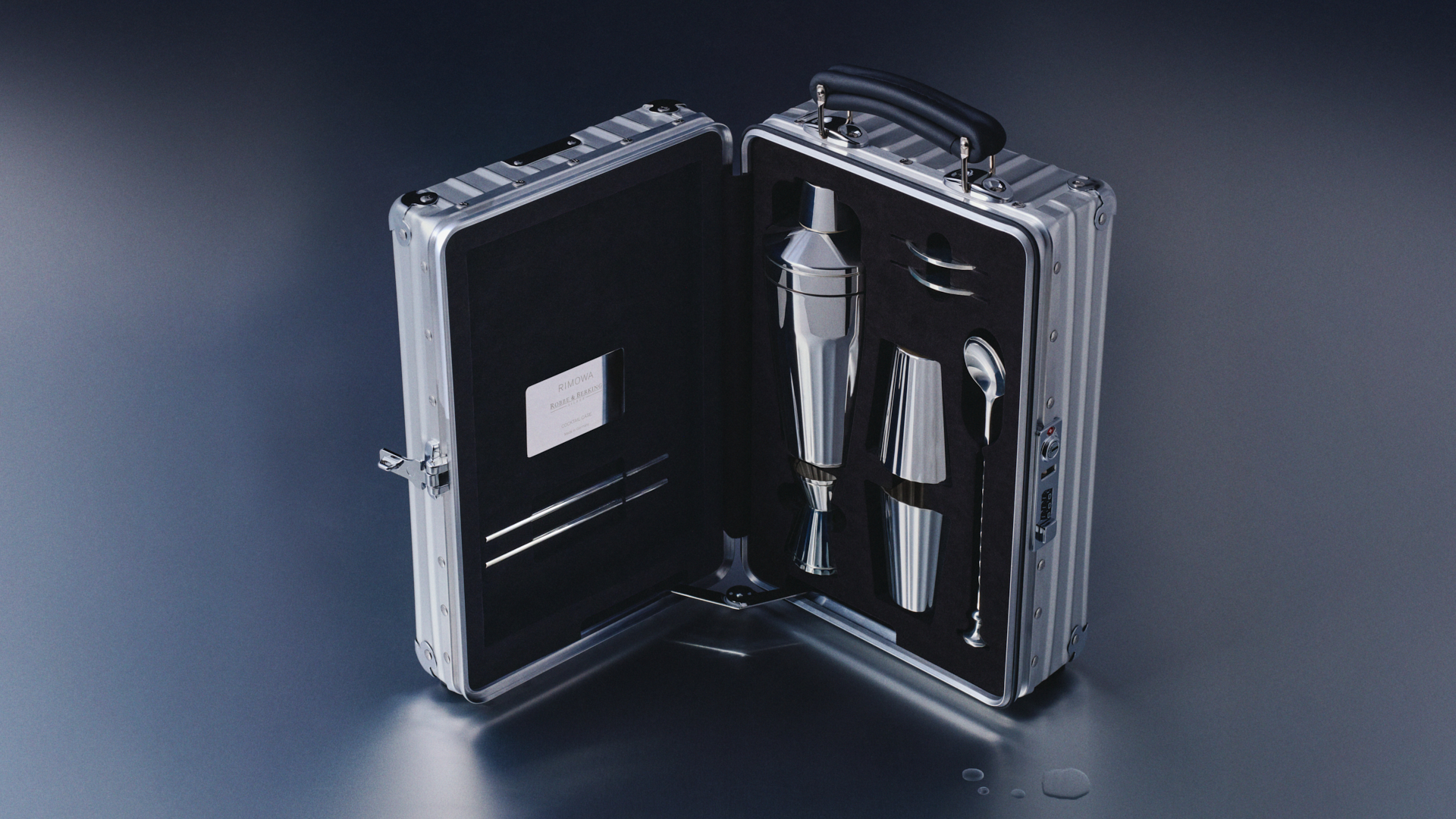 Rimowa launches limited edition cocktail case in collaboration with Robbe & Berking
Rimowa launches limited edition cocktail case in collaboration with Robbe & BerkingGerman engineering meets exquisite craftsmanship and a whole lot of fun in this travel cocktail kit
-
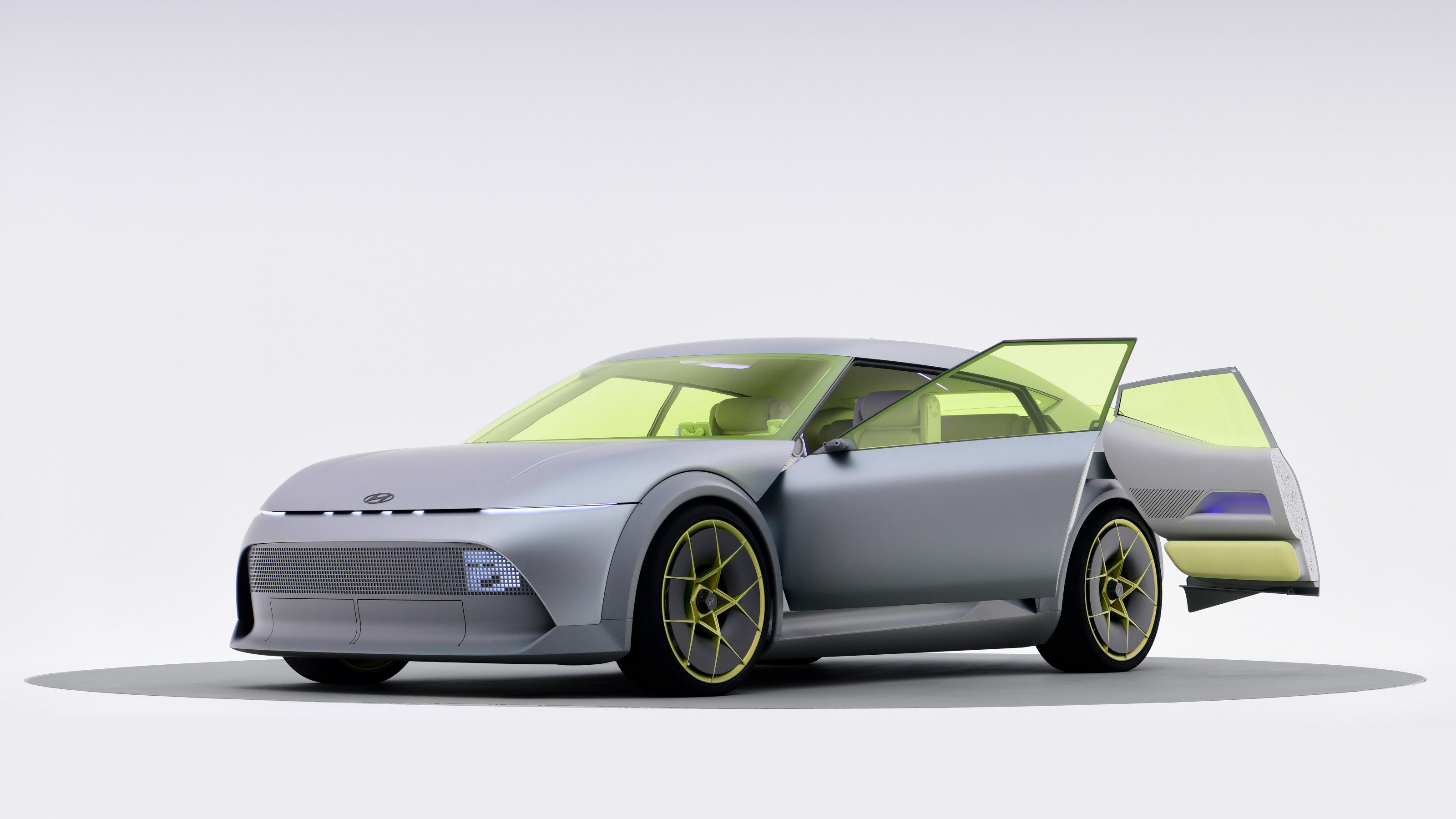 All the new electric cars and concepts revealed at Munich’s IAA Mobility 2025
All the new electric cars and concepts revealed at Munich’s IAA Mobility 2025Munich’s alternative motorshow is now in its third iteration, combining a traditional exhibition space with a conference and large-scale public activations on the streets of the city
-
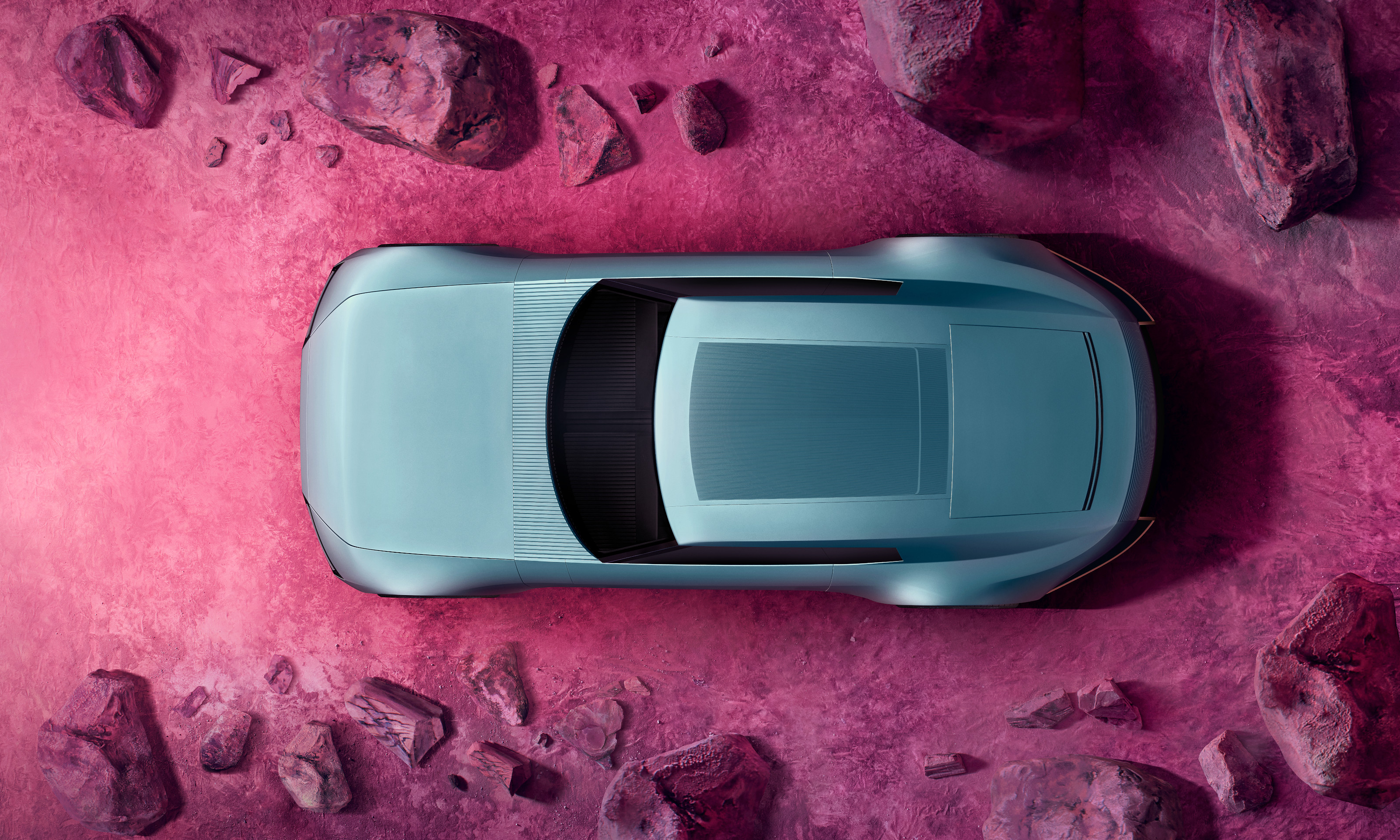 The top 10 concept cars of 2024, as selected by Wallpaper’s Transport Editor
The top 10 concept cars of 2024, as selected by Wallpaper’s Transport EditorWe round up our favourite forays into futuristic design with this collection of concepts and design studies showcasing the transport of tomorrow
-
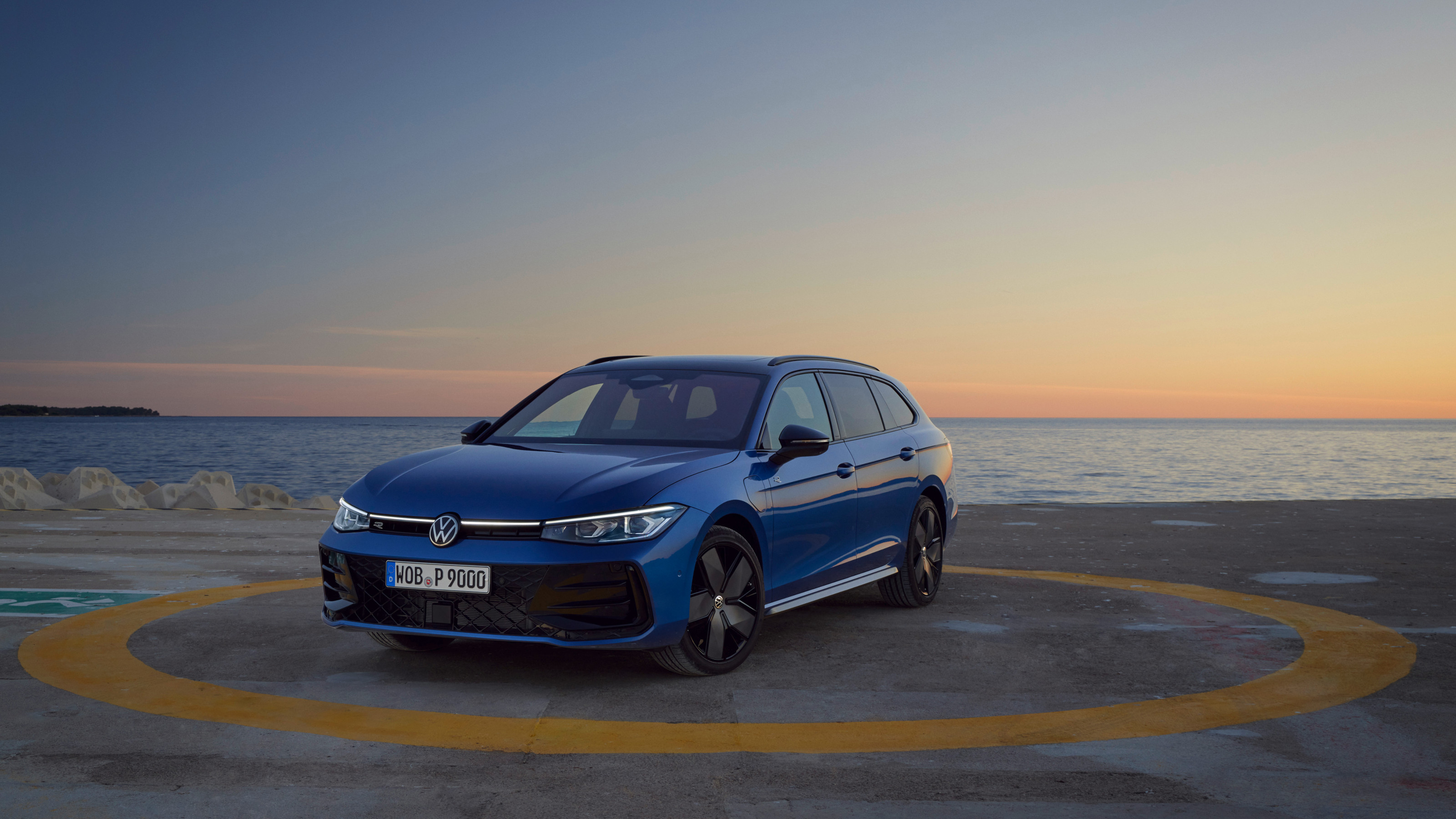 The Volkswagen Passat is a sober, straight edged estate car that feels increasingly out of time
The Volkswagen Passat is a sober, straight edged estate car that feels increasingly out of timeWhy would anyone pass on a Passat? Volkswagen’s big load lugger proves that the old ideas are still the best
-
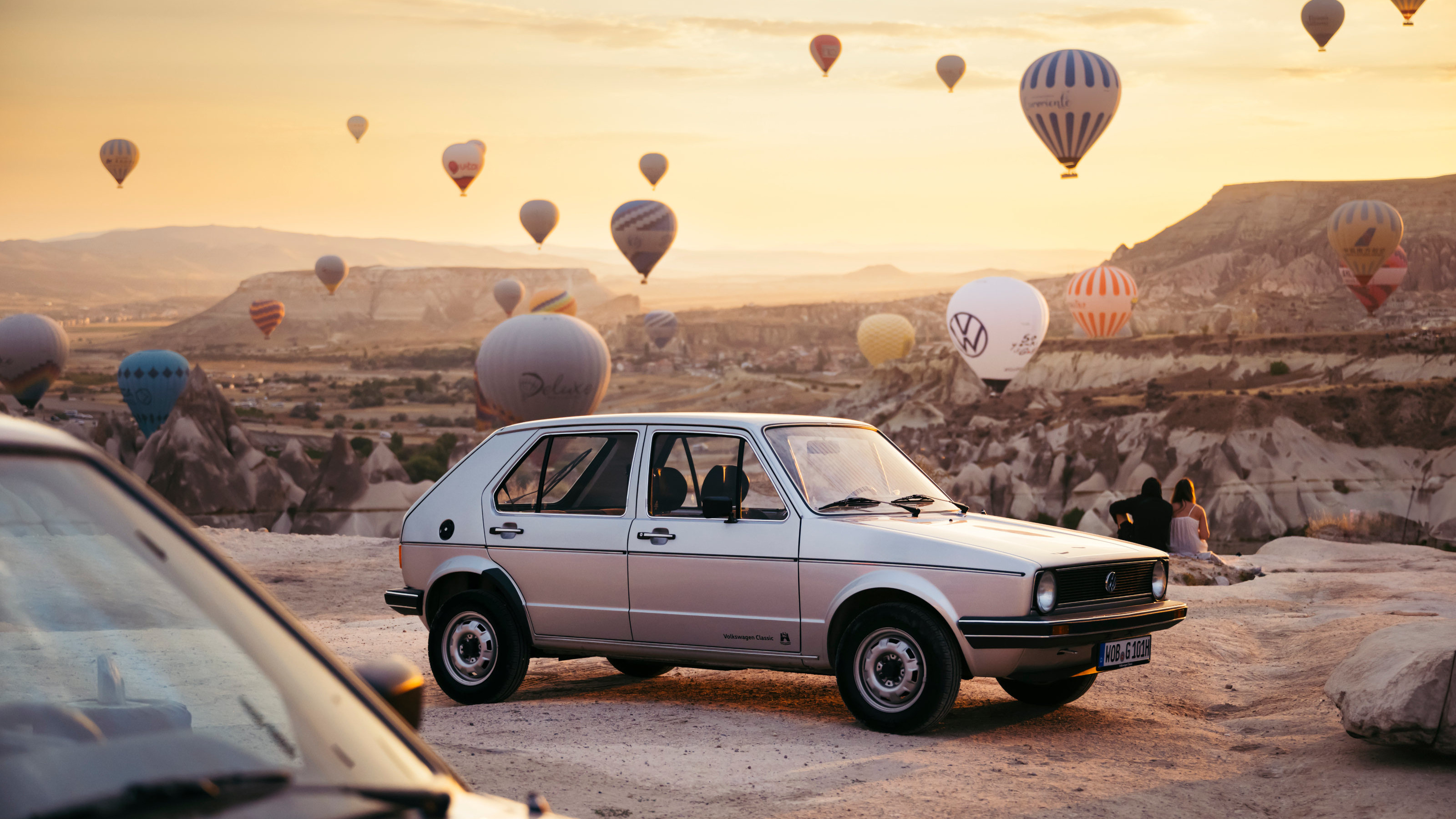 Volkswagen celebrates 50 years of the Golf, its most famous modern model, with a flight of fancy
Volkswagen celebrates 50 years of the Golf, its most famous modern model, with a flight of fancyWallpaper* travelled to eastern Turkey in search of the perfect backdrop to mark 50 years and eight generations of the evergreen VW Golf
-
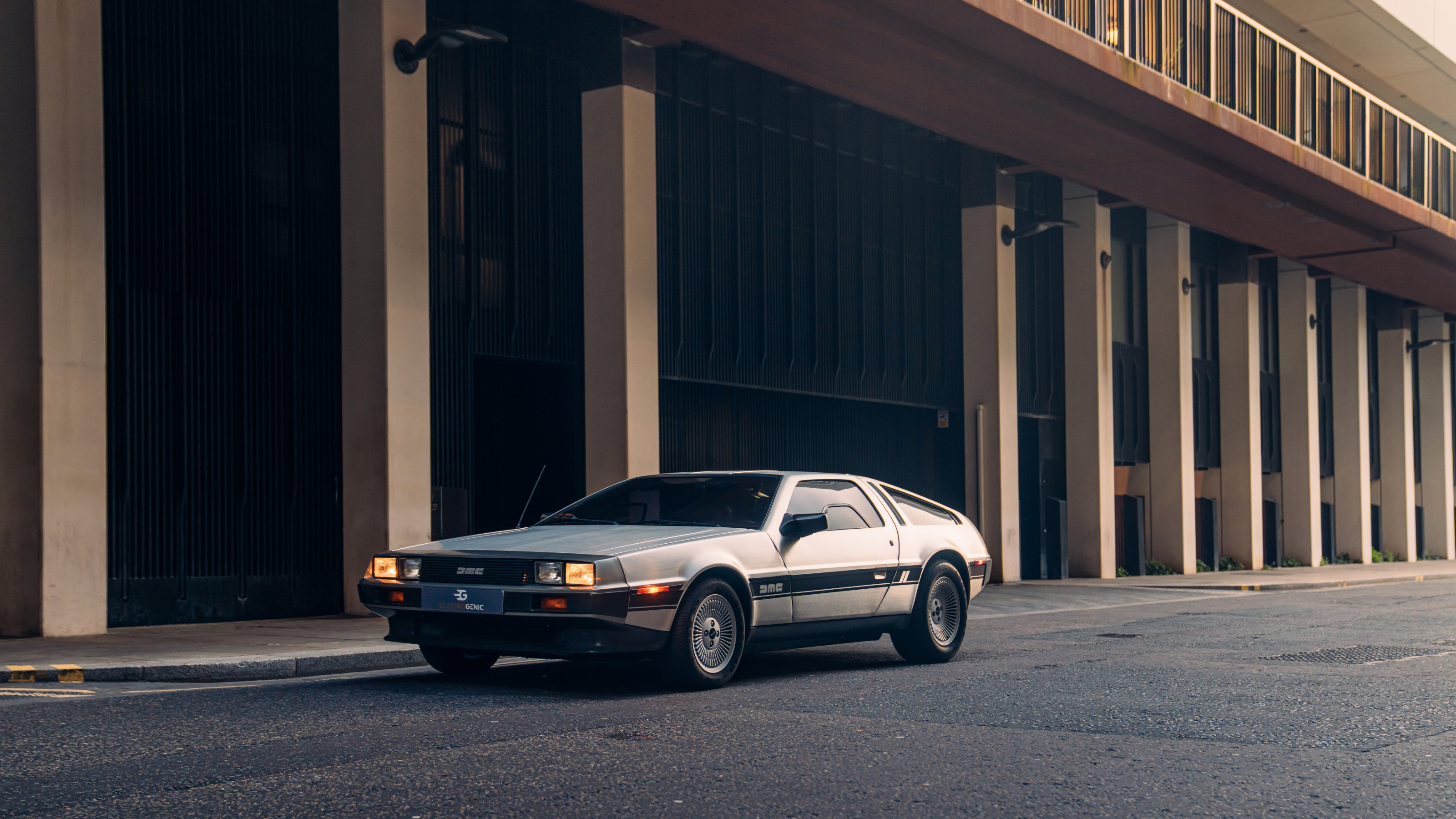 We sample the world’s first all-electric DeLorean, a stainless steel marvel for the modern age
We sample the world’s first all-electric DeLorean, a stainless steel marvel for the modern ageElectrogenic brings its brilliance with batteries and motors to bear on the iconic DeLorean DMC-12, giving this classic design the futuristic feel it deserves
-
 Bentley rolls out the latest version of its majestic grand tourer, the Continental GT Speed
Bentley rolls out the latest version of its majestic grand tourer, the Continental GT SpeedAvailable as both coupé and convertible, the fourth generation Bentley Continental GT Speed harnesses hybrid power to become a record breaker for the brand
-
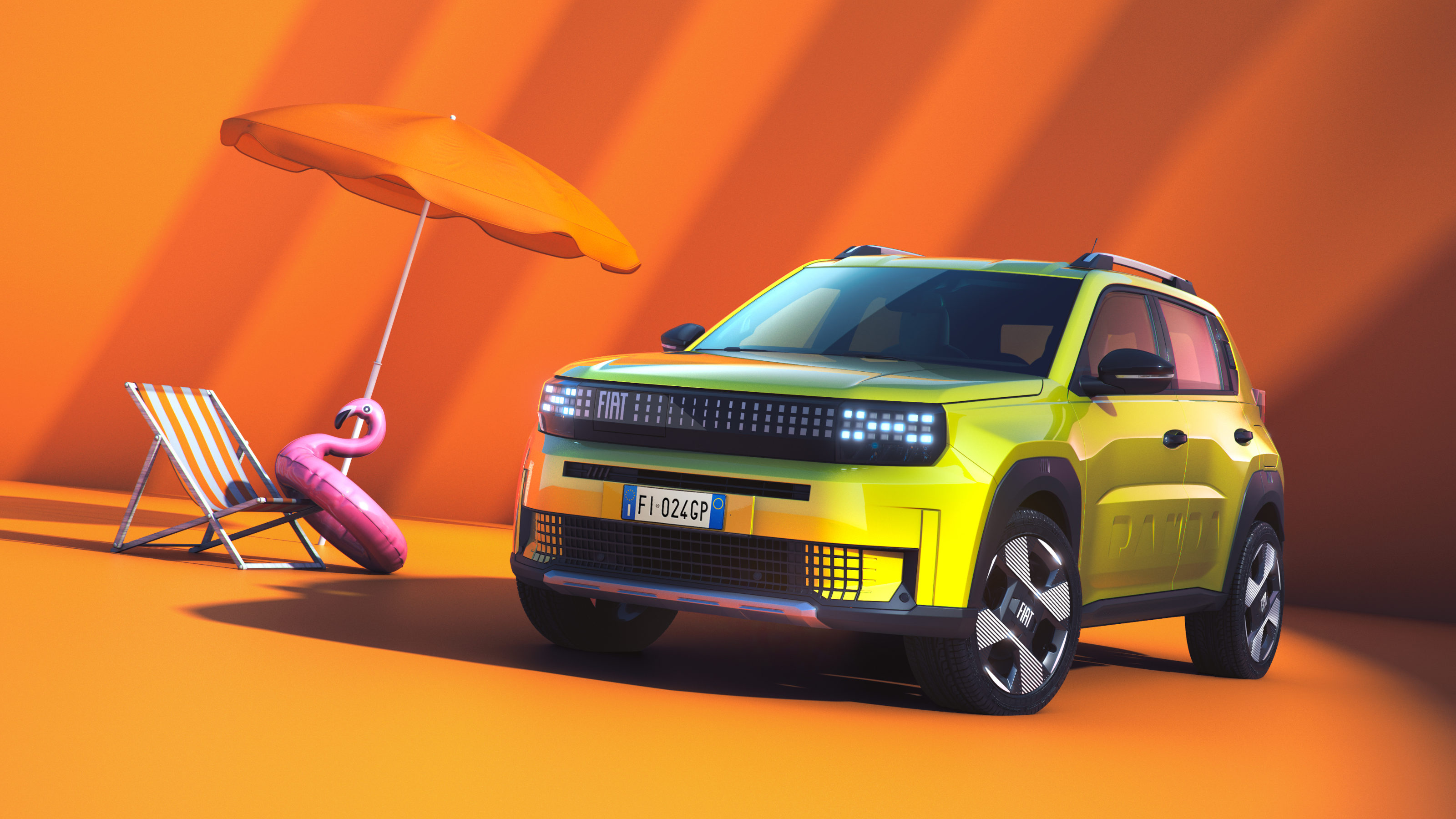 Fiat Grande Panda first look: will retro-seeking lightning strike twice?
Fiat Grande Panda first look: will retro-seeking lightning strike twice?This is the new Fiat Grande Panda, a compact hybrid and electric car that brings delightful design back to a well-loved model
-
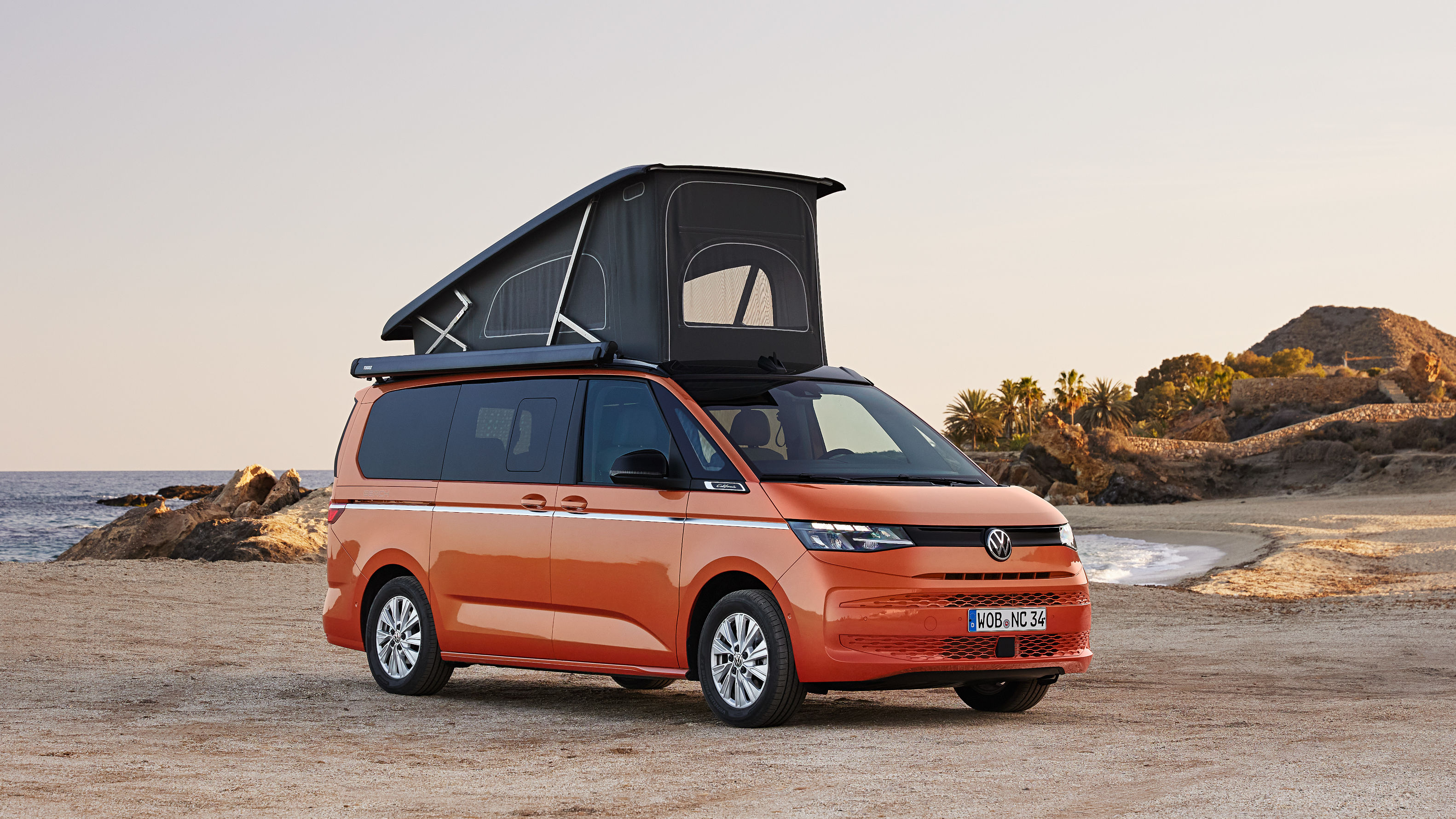 New Volkswagen California is a hybridised camper van that has it all
New Volkswagen California is a hybridised camper van that has it allThe Volkswagen New California camper van is here, the latest update to VW’s evergreen classic, bringing a larger platform, more flexibility and hybrid power for the first time